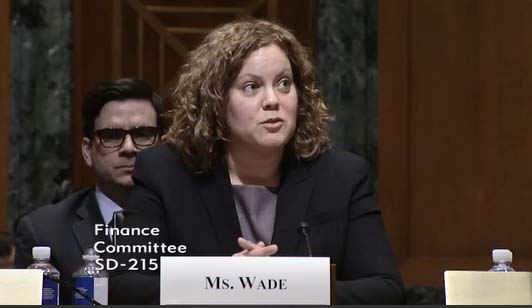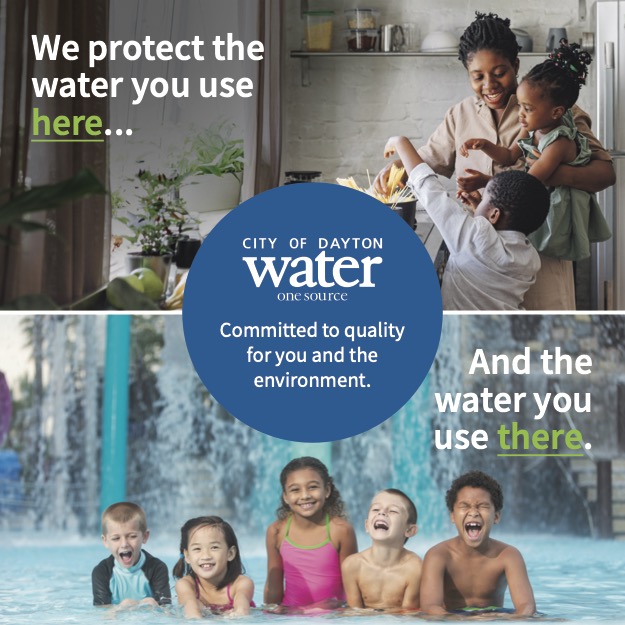
Many Would Apply or Re-Apply for PPP Loans if Available
By Terry Troy
While Congress is negotiating additional support for small businesses after the initial Paycheck Protection Program (PPP) expired on August 8, the National Federation of Independent Business Research Center conducted a survey that shows there’s much more work that needs to be done. Indeed, one in five small businesses expect to shutter their doors if business doesn’t improve in the next six months, according to the NFIB.

“The health crisis is not impacting small businesses equally,” said Holly Wade, NFIB Director of Research and Policy Analysis. “Small businesses are adapting to the abrupt shifts in consumer spending, managing customer and employees’ health and safety, and complying with state and local mandates which are all creating additional stress for small business owners. Many of them still need more financial assistance just to keep their doors open and staff on payroll.” .
If eligible, 44% of small businesses surveyed said they would apply or re-apply for a second PPP loan with another 31% saying they would consider applying for new one.
Seventy-eight percent of respondents applied for a PPP loan and almost all of them were approved. Most PPP loan borrowers (81%) applied for the loan through the financial institution that they normally use for business purposes, 19% used a different one. More than one-third (36%) of PPP loan borrowers used a separate bank account specifically for the PPP loan fund.
Most borrowers (84%) have now used their entire loan, up from 71% in late July. The 16% still using their loan are likely not far behind. The next step after using the loan is applying for loan forgiveness. Borrowers are now waiting for lenders to start accepting loan forgiveness applications. The SBA has recently issued processing instructions which will allow lenders to start processing forgiveness applications.
Borrowers will need to complete one of two forgiveness applications, the original long form or the 3508EZ form. Thankfully, most borrowers will likely be able to complete the EZ form, reducing the amount of time and resources owners would otherwise be required to use to fill out the longer form. Even so, many small business owners still find the EZ form complicated and confusing. For those required to fill out the long form, the process can be daunting. More and more PPP loan borrowers are realizing that they are eligible to use the EZ. About 43% plan to use the EZ form (up from 34% last month) and another 62% are not sure yet which to fill out. Four percent have determined that they will have to use the longer forgiveness application form.
The PPP loan program proved to be very helpful for most loan borrowers. Thirty-one percent of PPP loan borrowers are “very satisfied” with the program overall and another 45% are “satisfied.” Just one-in-five were “somewhat satisfied” and another 4% “not at all satisfied,” most of whom applied but weren’t approved.
Almost one- quarter of PPP loan borrowers (23%) have or anticipate having to lay off employees in the next six months after using the loan, generally unchanged from late July when it was 21%.
Almost half (47%) of PPP loan borrowers also anticipate needing additional financial support over the next 12 months.
Small business respondents indicated that sales levels are still 50% or less than they were pre-crisis for about one-in-five (22%) small businesses with another 28% at sales levels of 50-74% from pre-crisis. Half (50%) are nearly back to where they were with some (14%) exceeding pre-Covid sales levels.
Most small business owners do not expect business conditions to improve to normal levels until next year at the earliest. Just 19% of owners anticipate conditions improving to normal levels by the end of the year, 6% say that conditions are back to normal now. Over half (52%) of owners anticipate it taking until sometime in 2021 and 20%, sometime in 2022. Nine percent are less optimistic and expect condition not to fully improve until after 2022.



